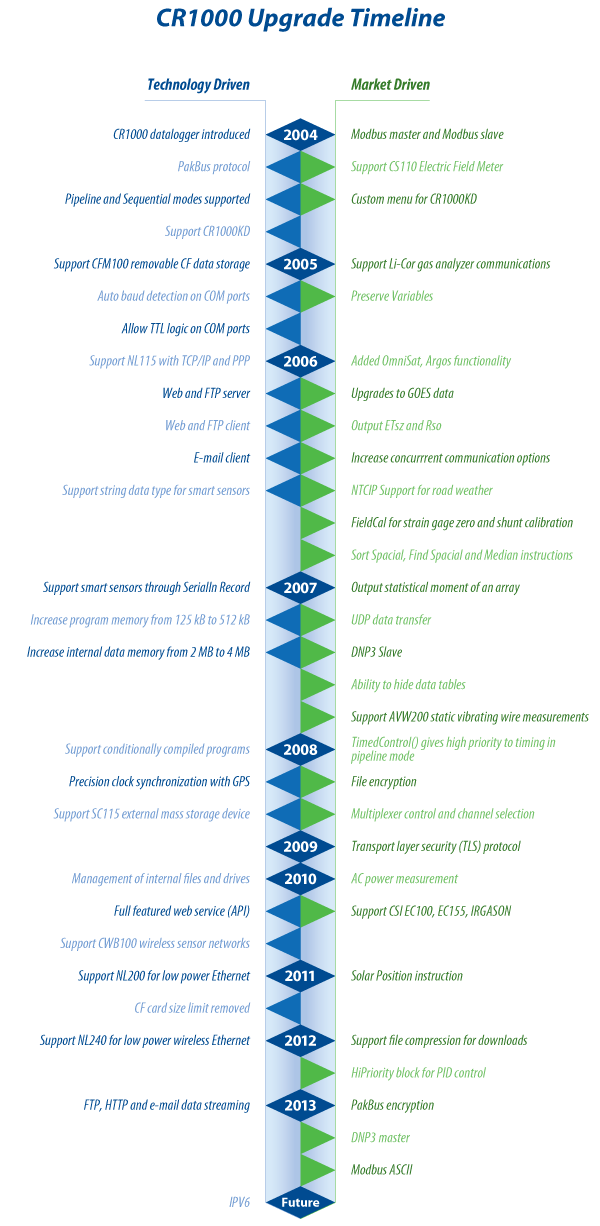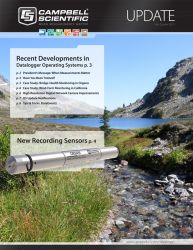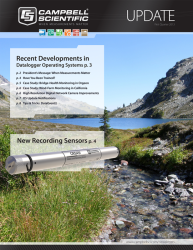The CR1000 datalogger continues to be the most robust, flexible, low-power data-acquisition system on the market. One of the keys to this success is its incredibly powerful operating system (OS).
What is an OS? The OS is the collection of software that directs internal datalogger operations. It includes measurements, time- and event-based execution of tasks, time stamping, and statistical manipulation of data. The OS also prioritizes communication tasks. The OS knows all of the resources available and, in conjunction with the user program, allocates the resources in the most economical way.
The operating system is written at Campbell Scientific. A home-grown OS promotes agile development and is one of the secrets to our success in measurement synchronization and low power consumption. The OS is shared among the CR800, CR1000, and CR3000 dataloggers, so enhancements to one OS usually benefit all three.
Ideas for new CRBasic instructions, telecommunication options, statistical manipulations, and measurement capabilities may come at any time, and from several sources. We are usually able to respond to those requests immediately, while maintaining backward compatibility. This allows someone who purchased a datalogger several years ago to take advantage of years of upgrades at no additional charge.
So, even though Campbell Scientific dataloggers still look the same on the outside as they did when they were first released to market, they are dramatically better on the inside thanks to OS development. The following timeline lists some noteworthy improvements.
So there you have them--arguably the most robust dataloggers ever created, with an OS that keeps them operating beautifully and keeps them technologically young at heart.


